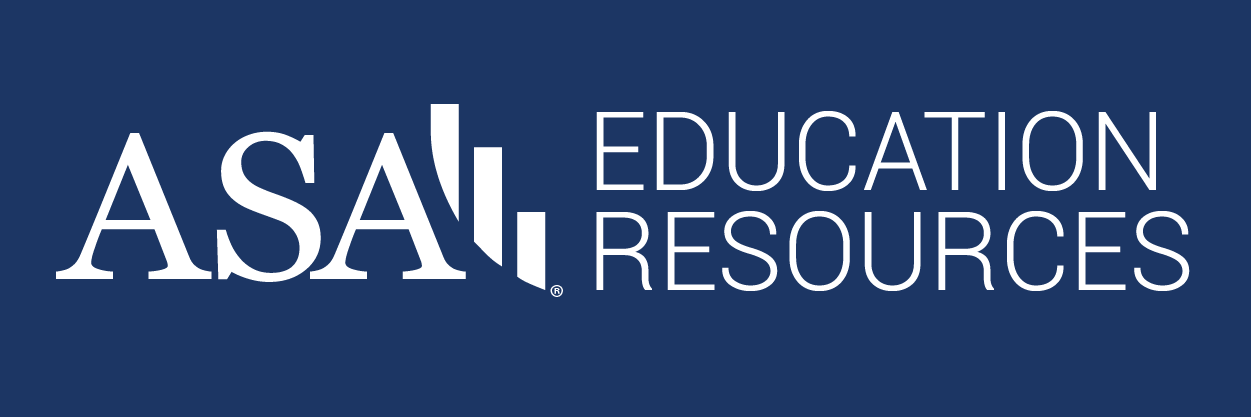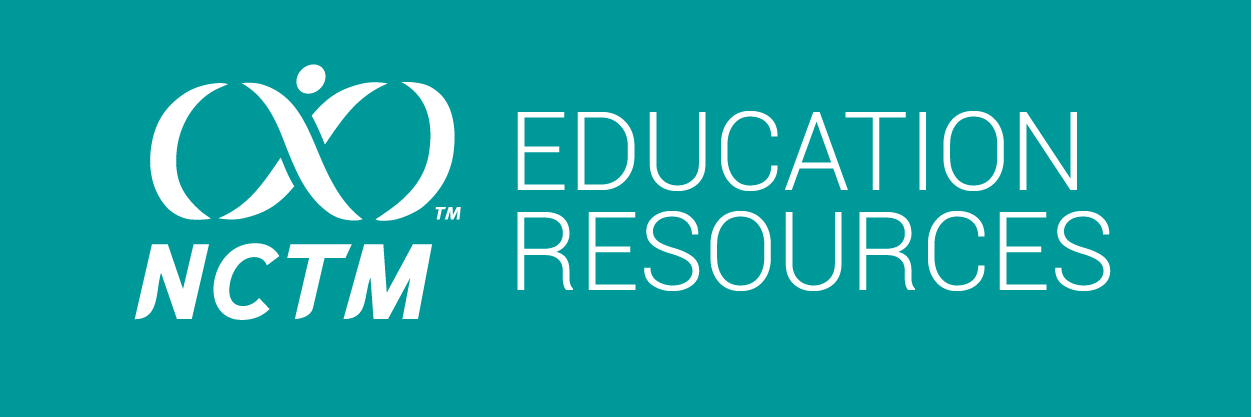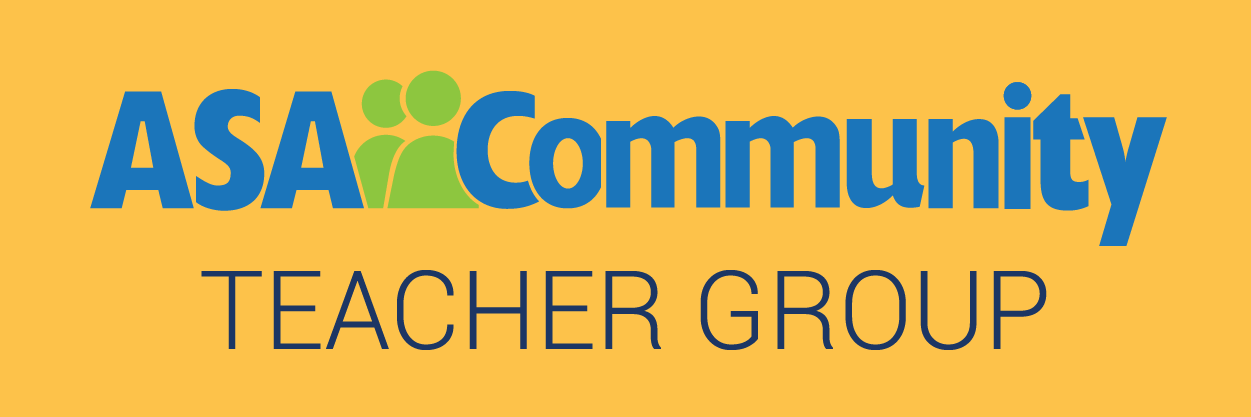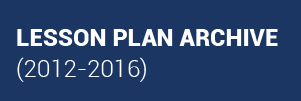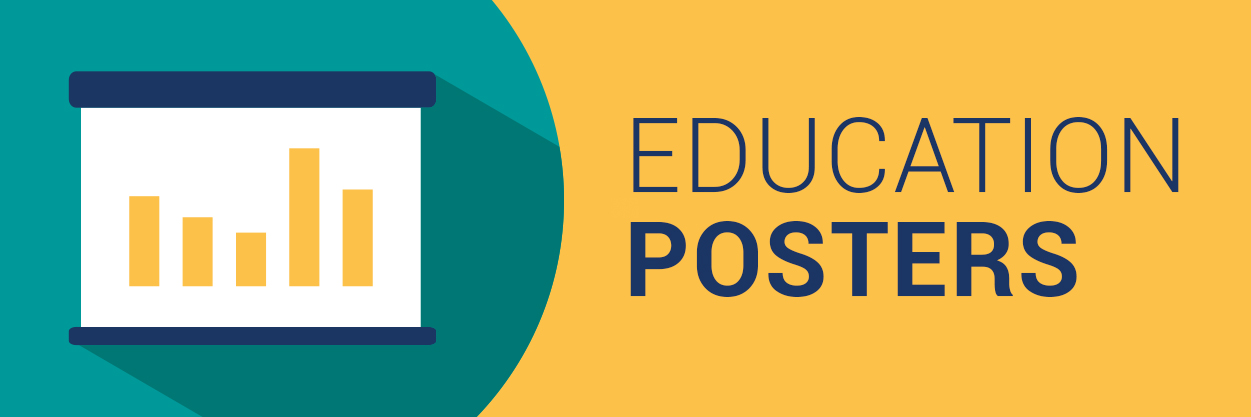Joint ASA-NCTM Position Statement on Preparing PK–12 Teachers of Statistics and Data Science
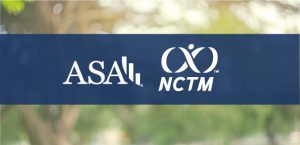
A Joint Position Statement of the American Statistical Association (ASA) and the National Council of Teachers of Mathematics (NCTM)
Question: What preparation and support do teachers need to successfully support students’ learning of statistics and data science in the prekindergarten–grade 12 curriculum?
ASA/NCTM Position
Students, teachers, administrators, employers, and others increasingly recognize statistics and data science as important scientific fields of study. Mathematics content standards emphasize that the development of statistical thinking begins in the early grades and extends into and beyond high school. To successfully develop students’ statistical thinking, teachers must have deep knowledge and understanding of statistics and the way that students learn statistics. Teachers of secondary-level data science must have knowledge of developing students’ statistical and computational thinking in the presence of data. Consequently, the need is critical for high-quality preservice and in-service preparation and professional development that supports PK–12 teachers of mathematics and statistics, new and experienced, in developing their own statistical proficiency as well as their students’ understanding of and skill in working with statistics and data science. The preparation of PK–12 teachers of statistics and data science must also include explicit attention to the equitable use of statistics and data and critical data literacy.
Statistics informs and enhances important skills, such as thinking critically and scientifically, understanding and asking questions about data and visualizations, making decisions in the presence of uncertainty, and assessing risk. Data science encourages the exploration of statistical investigative questions using computational technology to work with complex or unconventional data. As our society becomes increasingly data-intense and information-based, statistical literacy skills to make sense of information and counter misinformation are most important for today’s members of a democratic society and a competitive workforce.
To meet the challenge of preparing teachers to teach statistics and data science, the following points should be kept in mind:
- School administrators need to provide teachers with quality statistics curriculum and teaching materials, professional development opportunities specifically related to statistics content for mathematics teachers and others who will teach statistics. Furthermore, administrators must offer teachers sufficient professional development opportunities and ensure their efforts are properly supported.
- Professional development courses and workshops for future and current teachers need to model effective pedagogies for teaching statistics and data science, in addition to focusing on developing understanding of statistical concepts, mastery of statistical content, and knowledge of the essential ideas of statistical thinking and problem solving. Providing such courses and workshops may require universities to expand (or initiate) preservice and outreach offerings in statistics.
- Faculty, curriculum developers, and professional development providers involved in teacher preparation or development need to be familiar with and use pedagogies and curriculum appropriate for PK–12 classrooms, as outlined by the National Council of Teachers of Mathematics (NCTM), the American Statistical Association (ASA), and others, and usefully detailed in Guidelines for Assessment and Instruction in Statistics Education (GAISE II) PreK–12 Report (ASA 2020), the PK–12 Catalyzing Change publication series (NCTM 2018, 2020a, 2020b), Principles to Actions: Ensuring Mathematical Success for All (NCTM 2014), Common Core State Standards for Mathematics (National Governors Association Center for Best Practices and Council of Chief State School Officers 2010), and The Mathematical Education of Teachers II (Conference Board of the Mathematical Sciences 2010).
- Faculty who teach statistics need to work together with education faculty to provide course- work that emphasizes stronger conceptual knowledge of statistics and the essential ideas of statistical thinking and problem solving.
- State departments of education need to work together with national professional organizations such as ASA, NCTM, the Association of Mathematics Teacher Educators (AMTE), the National Council of Supervisors of Mathematics (NCSM), and the Mathematical Association of America (MAA) to ensure the development of uniform resources, assessments, and delivery models of professional development in statistics.
ASA and NCTM are committed to taking appropriate action within the structures of their organizations to assist in guiding the implementation of these recommendations.
References
Conference Board of the Mathematical Sciences (CBMS). 2012. The Mathematical Education of Teachers II. Vol. 17 of Issues in Mathematics Education. Providence, RI: American Mathematical Society; Washington, DC: Mathematical Association of America.
American Statistical Association (ASA). 2015. Statistical Education of Teachers. Alexandria, VA: ASA. https://www.amstat.org/docs/ default-source/amstat-documents/edu-set.pdf.
American Statistical Association (ASA). 2020. Pre-K–12 Guidelines for Assessment and Instruction in Statistics Education (GAISE) Report II: A Framework for Statistics and Data Science Education. Alexandria, VA: ASA.
National Council of Teachers of Mathematics (NCTM). 2014. Principles to Actions: Ensuring Mathematical Success for All. Reston, VA: NCTM.
National Council of Teachers of Mathematics (NCTM). 2018. Catalyzing Change in High School Mathematics: Initiating Critical Conversations. Reston, VA: NCTM.
National Council of Teachers of Mathematics (NCTM). 2020a. Catalyzing Change in Early Childhood and Elementary Mathematics: Initiating Critical Conversations. Reston, VA: NCTM.
National Council of Teachers of Mathematics (NCTM). 2020b. Catalyzing Change in Middle School Mathematics: Initiating Critical Conversations. Reston, VA: NCTM.
National Governors Association Center for Best Practices (NGA Center) and Council of Chief State School Officers (CCSSO). 2010. Common Core State Standards for Mathematics. Common Core State Standards (College and Career-Readiness Standards and K–12 Standards in English Language Arts and Math). Washington, DC: NGA Center and CCSSO.
Additional Resources
The following publications and other resources offer additional support for this joint statement of NCTM and ASA:
American Statistical Association (ASA). Statistics Education Web (STEW). Online peer-reviewed lesson plans. Alexandria, VA: ASA.
American Statistical Association (ASA)–National Council of Teachers of Mathematics Joint Committee on Curriculum in Statistics and Probability for Grades K–12. 1982–. The Statistics Teacher. Alexandria, VA: ASA.
Hopfensperger, Patrick, Tim Jacobbe, Deborah Lurie, and Jerry Moreno. 2012. Bridging the Gap between Common Core State Standards and Teaching Statistics. Alexandria, VA: American Statistical Association. www.amstat.org/eseries/scriptcontent/BEWeb/orders/ProductDetail.cfm?pc=BTG.
House, Peggy, ed. 2001–2009. Navigations Series. Reston, VA: National Council of Teachers of Mathematics.
National Council of Teachers of Mathematics (NCTM). 2000. Principles and Standards for School Mathematics. Reston, VA: NCTM.
National Council of Teachers of Mathematics (NCTM). 2009. Focus in High School Mathematics: Reasoning and Sense Making. Reston, VA: NCTM.
Starnes, Daren S., and Roxy Peck. 2009. Making Sense of Statistical Studies. Alexandria, VA: American Statistical Association
Zbiek, Rose Mary, ed. 2010–. Essential Understanding Series. Reston, VA: National Council of Teachers of Mathematics.





